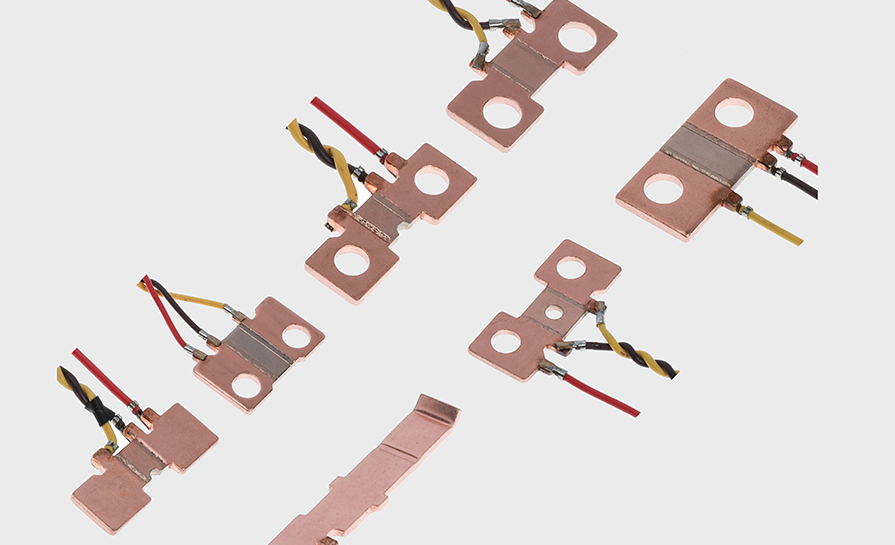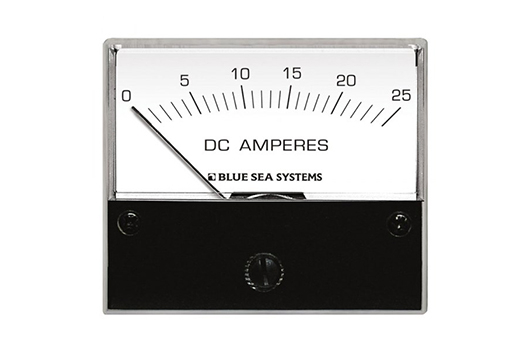
Battery management systems (BMS) play a critical role in monitoring and protecting battery packs used in various applications, such as electric vehicles and renewable energy systems. Shunt resistors are an essential component of BMS, enabling accurate current measurement and aiding in effective battery management. In this blog post, we will delve into the role of shunt resistors in battery management systems and discuss their importance in ensuring safe and efficient battery operation.
1. Current Monitoring:
Accurate current measurement is vital for understanding the charging and discharging behavior of batteries. Shunt resistors are used as current sensing elements in BMS to measure the current flowing in and out of the battery pack. By monitoring the current accurately, the BMS can determine the State of Charge (SOC) and State of Health (SOH) of the battery, providing valuable information for battery management strategies.
2. Overcurrent Protection:
Overcurrent conditions can be detrimental to battery packs, leading to thermal runaway, cell degradation, and safety hazards. Shunt resistors help in detecting overcurrent situations by measuring the voltage drop across them. The measured voltage drop is proportional to the current flowing through the resistor, allowing the BMS to identify excessive current levels. This information triggers protective measures, such as reducing the load or disconnecting the battery pack, to prevent damage and ensure the safety of the system.
3. Energy Efficiency:
Shunt resistors play a crucial role in enhancing the energy efficiency of battery systems. By accurately measuring the current, the BMS can optimize the charge and discharge processes. It allows for precise control of the battery's state, maximizing the energy utilization and extending the battery pack's overall lifespan. Additionally, by monitoring the voltage drop across the shunt resistors, the BMS can determine the internal resistance of the battery, providing valuable insights into the battery's health and performance.
4. Diagnostic Capabilities:
Shunt resistors offer diagnostic capabilities that aid in identifying potential issues within the battery pack. By continuously monitoring the current, the BMS can detect abnormalities, such as cell imbalance or internal short circuits. These anomalies can be indicative of underlying problems, allowing the BMS to take corrective measures promptly. Furthermore, shunt resistors enable accurate Coulomb counting, which helps in detecting capacity degradation and estimating remaining battery life.
Conclusion:
Shunt resistors play a vital role in battery management systems, enabling accurate current measurement, overcurrent protection, energy efficiency optimization, and diagnostic capabilities. These resistors allow the BMS to effectively monitor and control battery pack performance, ensuring safe and efficient operation. By leveraging the information provided by shunt resistors, BMS can maximize the battery's lifespan, optimize its energy utilization, and enhance the overall reliability of battery systems in various applications.
-

What new materials will be use
A plug-in shunt is a common component of the power system, mainly used for bran...
2023-05-30 view+ -

shunt ammeter
It is my pleasure to introduce the shunt ammeter to you as a professor at Stanfo...
2023-06-15 view+ -

Shunt 100A is commonly used in
Shunt 100A is commonly used in various scenarios in the field of electrical engi...
2023-07-08 view+ -

Application of Current Transfo
The Current Transformer (CT) is a commonly used electrical device primarily empl...
2023-08-04 view+


